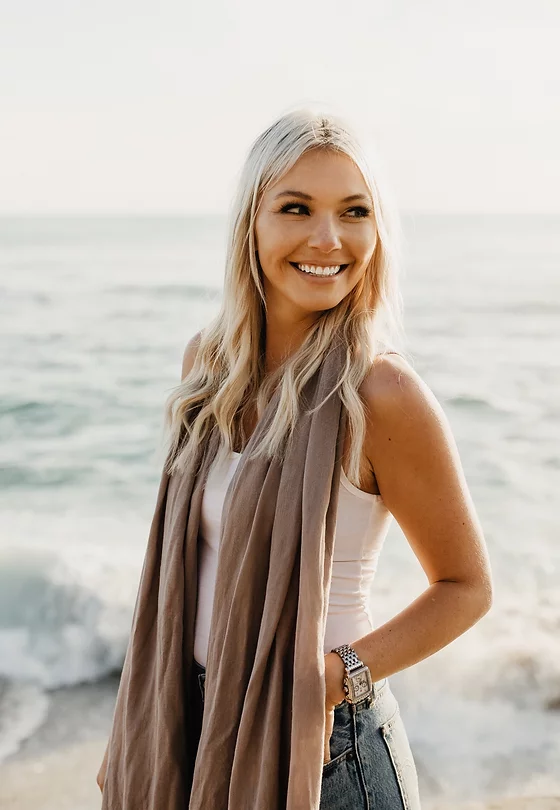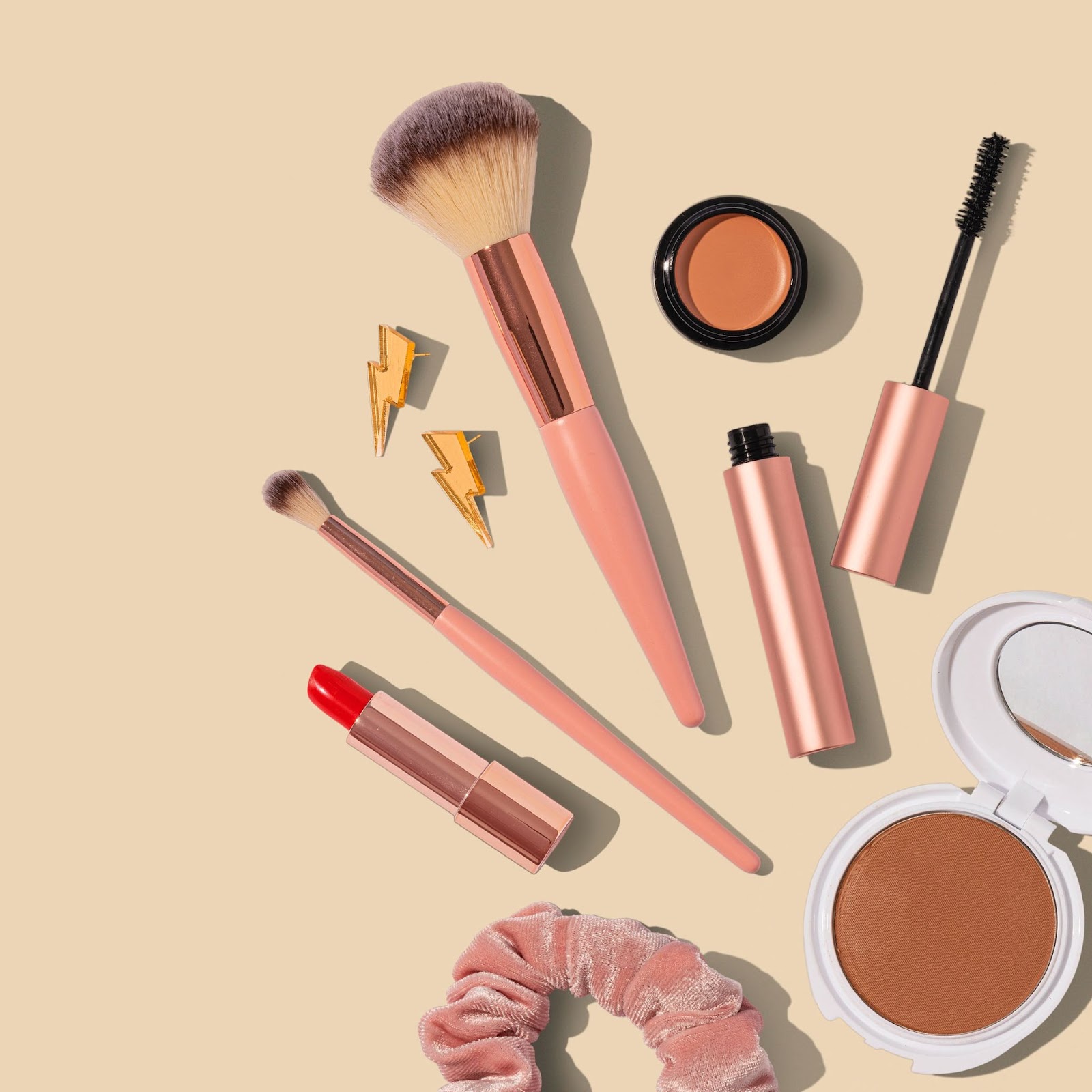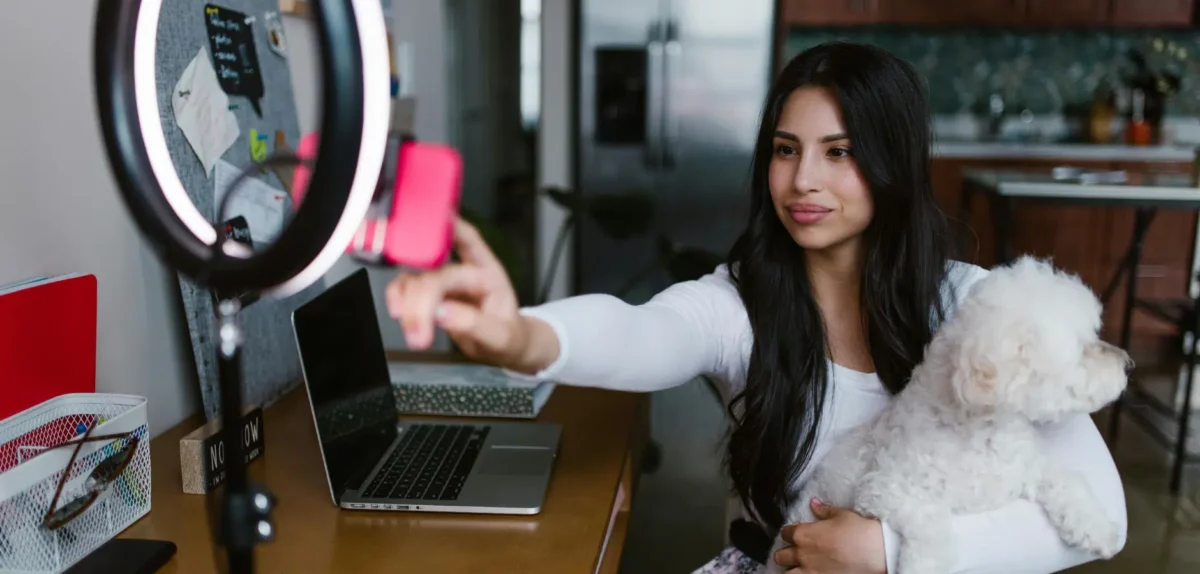Beauty collaborations are a hot ticket in the retail world — with a projected worth of $100 billion by the end of 2022. Every brand seems to jump on board with a partnership involving beauty products. Think of lipsticks, face masks, body lotion, and more — it’s all happening. Beauty brands have long been popular with influencers. So when the right influencer promotes a product effectively, it translates to a product that can sell out fast.
Consumers rely on authentic recommendations from influencer posts before buying a beauty product. In numbers, that’s 74 percent of Gen Z’s and 66 percent of Millenials. But picking the influencer with the biggest following won’t guarantee success. The world of partnerships includes more opportunities than just influencers. Strategic business-to-business (B2B) partnerships and a broader affiliate program will boost a beauty brand’s revenues.
But before diving into beauty partnerships, you need a clear vision of how to approach it from the start. Meet Alex Bauer, the beauty expert and Director of Strategic Partnerships for Power Digital Marketing, here to give your brand some tips on the best partnership approaches.

The questions (and tips) that beauty brands should consider about partnerships
Consider these four frequently-asked questions from beauty brands about partnerships. Then use the tactical advice to guide your journey and find success.
1. How should I approach partnerships?
The biggest mistake brands make when entering beauty partnerships is that they lack a clear plan. The most important factor is having a clear idea of your campaign goals. These goals could include:
- Increasing brand awareness
- Promoting specific products
- Targeting new consumers
Outline what you’re trying to accomplish and craft an appropriate strategy to align with that goal. Your goals should come before you start the partner selection process. You can continually refine your goals over time. Next, determine your target audience and where they are located. Understand who will benefit from using your product and why they would want to try it out in the first place.
2. How do I identify the right partners?
Now that your goals are clearly defined, it’s time to determine if a partner is the right fit. The beauty industry has seen influencer-led collaborations and partnerships rise over the past few years. Brands are looking to influencers to help them reach younger consumers that they typically struggle to engage on their own.
With so many brands vying for attention, how do you identify which partners are right for you? Even if an influencer has millions of followers, they may still be a good fit for your business. Find partners that match the values and mission of your company. When parties’ values align, it creates brand authenticity and consumers that will stick around for the long run. Why? Because they trust your brand and the influencer’s recommendations.
Next, visit the influencer’s website and blog. Influencers often use their website as an extension of their social media presence. Here they provide more in-depth information than they would on Facebook, YouTube, or Instagram. Take note of what articles or infographics they share — do these align with your goals? Let’s say you have an eCommerce store selling high-end handbags. You’ll want to align with an influencer who is passionate about fashion.
Then comes the evaluation of strategic B2B partnerships. Automation makes it easy for two brands to work together and reach new customers. Look at past partnership campaigns when you evaluate what brands to work with. If you scroll through the social media accounts of any big-name brands, you’ll see several posts about their recent campaigns and activities.
Take note of what types of posts perform well — does the company post funny videos? Does it share photos from events with its partners or behind-the-scenes shots? If so, this might indicate that they have good content creation skills you could leverage to resonate with your audience.
Thorough research will help determine the best partner or influencer for you. Platforms like impact.com can also help you recruit and scale your partnerships and make it easy to work with influencers and other brands already running partnership programs.
Keep these points in mind for discovering and recruiting potential partners:
- Know what you want out of the relationship
- Do your research
- Define your compensation terms
- Base your brand-blogger relationships on mutual trust
- Consider that each brand needs a different influencer
- Remember that micro-influencers often outperform celebrities and mega-stars
- Build personal connections between your brand and the influencer
- Focus on your audience
3. What is the best way to execute beauty partnerships?
Now that you’ve done the legwork of finding and recruiting partners, it’s time to activate the campaign.
The key to any successful partnership is communication. You have to talk openly and honestly with your partner while listening to what they need to succeed. Be open-minded and flexible. You must be on the same page about what you want out of the relationship and how you’ll get there.
Address questions or concerns immediately, especially about money or product ownership issues.
If you’re pursuing a brand-to-brand partnership, remove any overlaps between your beauty line and your partner’s line. This eliminates potential confusion among customers who think they’re buying from one brand when they’re buying from another.
4. What is the best way to promote a beauty partnership once it’s live?
Promoting your beauty partnership is a big part of the equation. You want to get many eyes on your campaign. But you should still strive for authenticity. Use these channels to get the word out:
Social media
Use social media to spread the word and leverage your partner’s likeness to drive customer engagement and maximize awareness. Share your product on Instagram, Facebook, TikTok, and other platforms where your audience is actively engaging. Instagram and TikTok are popular and high-performing social media platforms for partnerships, especially giveaways. Consider these two tips to get eyes on your posts:
- Host a giveaway for the partnership to increase awareness and draw new consumers to your page.
- If this partnership went live as an in-feed Instagram post, try cross-promoting it via email, Instagram Stories, TikToks, and Reels.
Ahead of the launch going live, tease a partnership by emailing you and your partner’s target lists. Ask them to sign up or join a waitlist and be the first to know about an upcoming promotion. Send an email newsletter to promote the partnership with an exclusive incentive, for example: “Receive 20 percent off your next purchase.” Send an email to both lists promoting your social media giveaway to drive additional traffic to your post.
Host an event and send a mailer
Celebrate the partnership with an event. Invite the media and influencers to attend for additional exposure. Send creative mailing to the media and influencers with your partnership product. Include a note signed by the founder with all relevant social handles and hashtags to encourage organic posting and buzz.
Paid ads and podcasts
Drive awareness and engagement by tapping into paid ads, whether an ad read or a fully sponsored podcast episode interviewing the brand founder. Time the podcast’s release to coincide with the collaboration.
Public relations (PR)
Engage with a PR team at least two months before the partnership launch to generate targeted key messages and online coverage. Press coverage is valuable for repurposing across socials, newsletters, and the website.
The best partnerships are mutually beneficial and can be a vital source of growth
Partnerships succeed when both parties get something from the relationship. In the beauty industry, influencers aren’t simply employees reading ads — they are the public face of your brand. You’re more likely to succeed when influencers align with your brand goals and image.
The same holds for B2B partnerships. Many companies outside of the beauty industry are already among your customers’ favorites. Working closely with them gives both brands access to a new audience, new creative opportunities, and new revenue. It’s a win-win-win scenario.
Use a platform like impact.com for Influencers and Creators and automate your influencer campaigns’ recruiting, contracting, and optimization. Access an opt-in network of more than 90k+ influencers, use an extended network search discover tool, and much more.
Want to get started with impact.com? Contact grow@impact.com
About the guest blogger
Alex Bauer is Director of Strategic Partnerships at Power Digital, a tech-enabled growth firm–at the intersection of marketing, consulting & data intelligence–igniting revenue and brand recognition for leading and emerging companies around the world.




